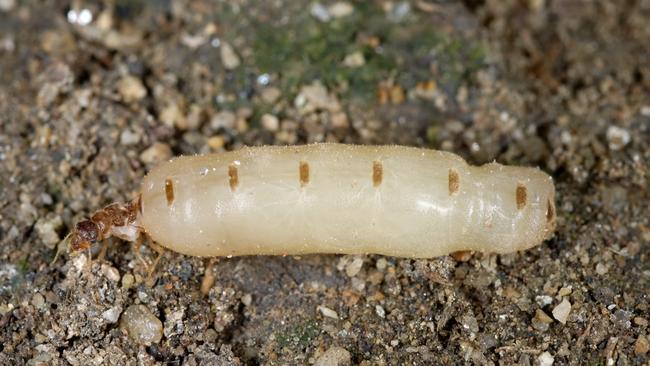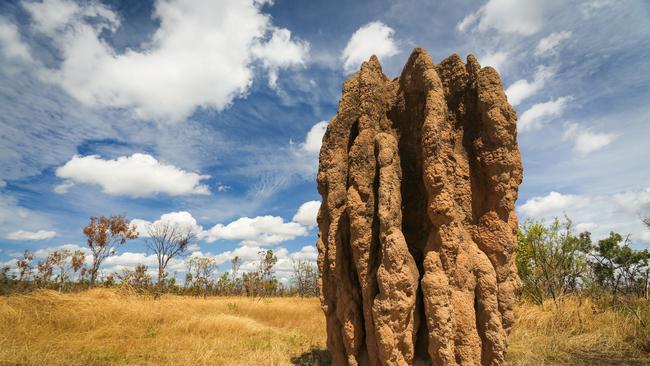Termite farts expel 20 million tonnes of global methane each year
Wind-breaking termites expel 20 million tonnes of global methane each year — between one and three per cent of all emissions, Melbourne researchers say. But, unlike humans, their homes have a built-in filter system to remove about half of it.
VIC News
Don't miss out on the headlines from VIC News. Followed categories will be added to My News.
Termite flatulence is responsible for 20 million tonnes of global methane each year — between one and three per cent of all emissions, according to a team of Melbourne researchers.
Like cattle, sheep and other ruminant animals which re-chew food from the stomach, the gut bacteria of termites breaks down plant material before gas by-products are emitted.
Methane is 30 times more potent than the greenhouse gas carbon dioxide but University of Melbourne analysis has found about half of the emissions are kept from the outside atmosphere by built-in filtration in termite mounds.
MORE NEWS: JAMES HIRD HIT BY CAR WHILE CYCLING
COPS NET GUNS, SWORDS IN MELBOURNE RAIDS
WHERE TO FIND BEST MEAT-FREE SALADS IN MELBOURNE

The research, carried in the University’s online Pursuit magazine and published in the journal PNAS, was led by Dr Philipp Nauer from the School of Ecosystem and Forest Sciences.
In the study, the team found bacteria in the mounds and underlying soil broke down methane.
The bacteria, called methanotrophs, live in the soil and consume methane as their primary source of energy, Pursuit reports.

Study co-author Stefan Arndt told the magazine the bacteria was “everywhere”.
“They are in your garden soil, in your city soil, in the forest, they are even in agricultural soils,” says Professor Arndt.
“Logic would tell you there should be these methanotrophic bacteria also in the termite mounds.”


